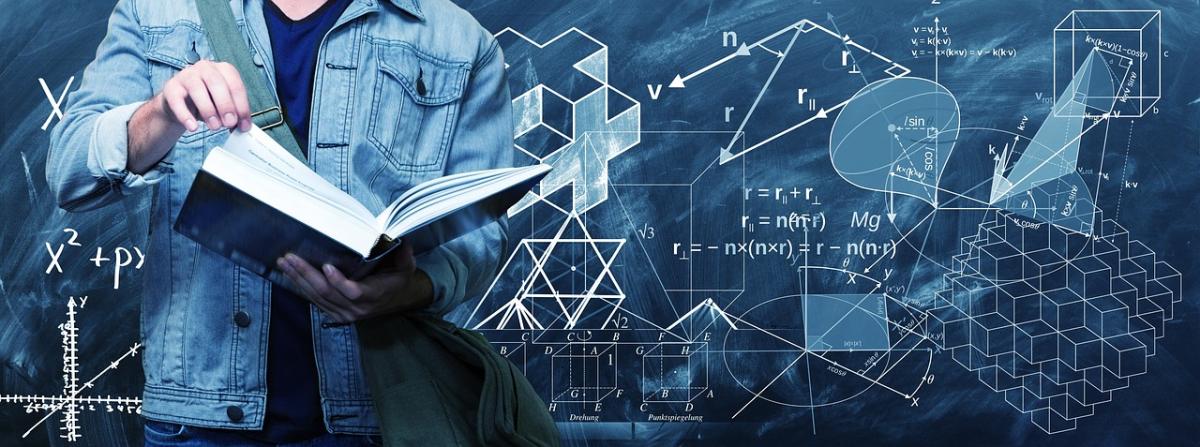When studying Life Science, students are very curious to watch animals and plants growing. In this lesson, students observe growth of baby guppies in fish tanks, understanding life cycles and growing
This lesson allows students to construct a cell model in a fun and engaging way using edible materials such as cereals and candies. This will help students remember how to differentiate plant cells
This STEM activity is designed to be used with an animal habitat lesson. Students will create a UV animal using color changing UV beads and design a shelter to protect the animal from harmful UV light
In this lesson students will use simulations to collect data about changes in specific traits of a population over time. Students will then use the data create graphical models to explain natural
This is a third grade lesson focused on structure and function. In the lesson, students observe, investigate, and research chickens to create a model focused on the parts of a chicken and their
Students explore the world of the lesser long-nosed bat through a self-paced hyperdoc. This unassuming bat is responsible for pollinating some the most magnificent desert cacti. It faced extinction in
Parachutes - Air Resistance
Tide Pools Ecosystem: Human Impact
Introduction to Vermicomposting
Featured Lesson Plans
Check out these notable lesson plans.

Using Stop Motion Animation to Show Step-by-Step Instructions and Solve Real World Math Problems
Stop motion is a great way for students to slow down working through the steps in math to demonstrate their understanding of math concepts. Students can film a short story or step-by-step instructions

By creating a stop motion animation, students will gain a deeper understanding of how landforms develop, are weathered, and erode. This is an engaging way to help infer the history of the current

This STEM project allowed students to embark on an exciting journey of entrepreneurship with "Ride to Success." In this immersive STEM lesson plan, students will not only learn the ins and outs of


